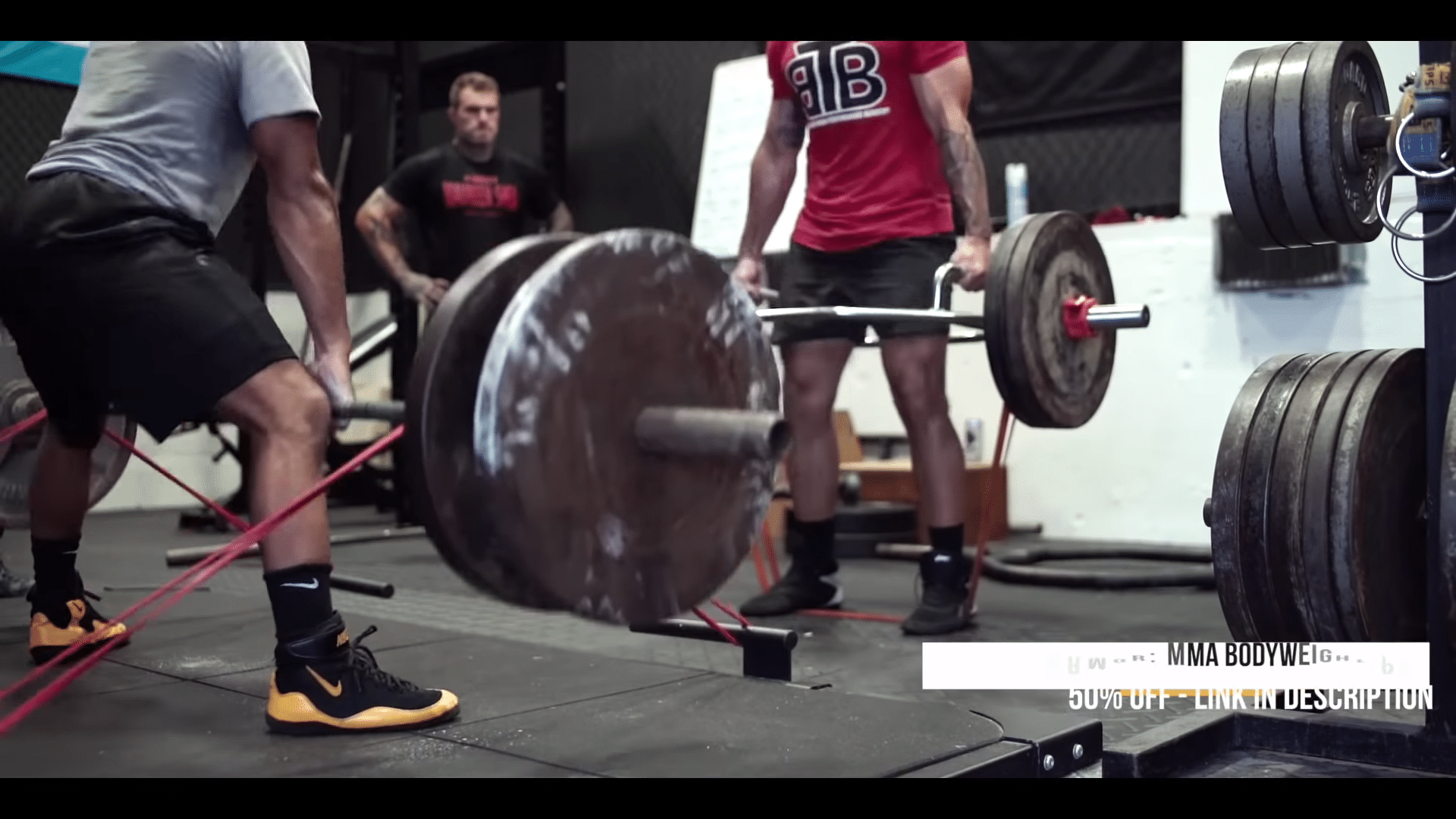Building Proficiency in Boxing Through Consistent Conditioning and Technical Training
As a beginner boxer, focus on developing a strong cardiovascular foundation and building sound technical skills through consistent conditioning and purposeful practice. These areas will serve as the building blocks for long-term success in the sport.
Conditioning for Boxing Mastery
One of the most important aspects of boxing training that many overlook is consistent conditioning work. Running long distances and jump roping every day are crucial for developing the stamina and footwork required to withstand the rigors of boxing. While these sessions may be challenging, maintaining a conditioned physique through regular cardiovascular exercise will make training sessions and matches significantly less taxing over time. In addition, activities like catching and throwing tennis balls help enhance hand-eye coordination, a vital skill for dodging punches and landing precise counters. Prioritizing conditioning from the start establishes a solid fitness base to build advanced technical abilities upon.

Taking Your Time with Technical Drills
When practicing punches, footwork movements, and combination sequences known as “drills,” focus on quality over quantity by slowing down repetitions. Rushing through technical exercises neglects proper form and inhibits muscle memory development. Taking time to replicate techniques accurately, with attention placed on small details like hip rotation or weight distribution, ensures movements become ingrained through repetition. Speed will follow as competency increases. Consider keeping a notepad of drills, combinations, and coaching tips to study outside the gym as well. This allows for continued skill development on non-training days through visualization and shadowboxing.
Recovery is Crucial for Long-Term Success
Boxing is a physically demanding sport that places significant stress on the body. Developing bad recovery habits as a novice puts oneself at risk of overtraining and injury down the line. Stretching thoroughly post-workout and upon waking aids in flushing lactic acid buildup and prevents unnecessary soreness. Additionally, adequate hydration, nutrition, and rest between training sessions are important for allowing the body to rebuild stronger. Recovery protocols like these, while seemingly minor, are integral components of an athlete’s weekly routine for cultivating long-term boxing proficiency and longevity.
Capitalizing on Lessons in the Gym
Valuable information can be gleaned from boxing instructors beyond just drills and technique. Recording important tidbits related to strategy, footwork principles, strength work, and more in a training journal to reference later ensures these lessons are not forgotten. Revisiting notes outside the gym through visualization and shadowboxing reinforces the strategies and techniques. It also highlights which areas require additional focus, fueling continued improvement. Taking initiative to learn beyond scheduled lessons demonstrates dedication and sets oneself apart from gym-only trainees. Knowledge gained in the ring transfers to elevated skill outside it as well.
Developing Footwork through Jumping Rope
While often overlooked early on, jumping rope is a fundamental boxing tool that intangibly enhances performance in numerous areas. Regular sessions, even just 10 minutes daily, quickly improve coordination and lighten one’s feet - directly translating to sharper footwork inside the ring. Movement-based exercises like jumping rope are proven to increase hand speed, reaction time, and overall athleticism too. For novices especially, committing to consistent rope work cultivates footwork dexterity that experienced boxers have spent years refining. Plus, the calorie burn from daily jumping provides energetic benefits both during training and matches.
Establishing Technical Proficiency through Shadowboxing
Devote regular time outside of class to shadowboxing - mimicking combinations and movement against an imaginary opponent. This gives the opportunity to repeatedly drill techniques, find and correct technical flaws, and begin developing a unique flow or “style”. Staying loose and light on one’s feet while maintaining proper form for punches and defending ensures movements are ingrained correctly. Shadowboxing boosts coordination, reflexes, and confidence through visualization and simulated ring experience. Making it part of a daily routine refines technical ability and accelerates the learning curve faster than gym sessions alone. It’s an excellent primary resource for novices to establish boxing proficiency.
Incorporating Recovery into Training
While achieving progressive strength and conditioning is important as a boxing novice, proper recovery should never be neglected. Stretching thoroughly after each workout removes lactic acid buildup and prevents next-day soreness. Staying hydrated by drinking plenty of water, and fueling the body with a nutritious diet replenishes depleted energy stores. Active rest days involving light mobility work or a leisurely activity gives the body a break without losing training momentum. Developing disciplined recovery habits establishes a foundation for longevity in the sport. Prioritizing regeneration ensures progress continues indefinitely without overuse injuries derailing development.
Competition Experience Trumps All Else
While technical prowess and physical conditioning are crucial, competitive experience offers opportunities unlike any other for accelerating boxing aptitude and intuition. The thrill of competition cultivates priceless mental toughness attributes and exposes weaknesses only identifiable under pressure. While amateur bouts may be intimidating initially, their low-risk nature provides a testing ground for applying classroom lessons against resisting opponents. Entering local tournaments honors all previous hard work and facilitates rapid learning through hands-on experience. For aspiring boxers, competition provides an ultimate teacher that transcends techniques and further actualizes one’s abilities.
